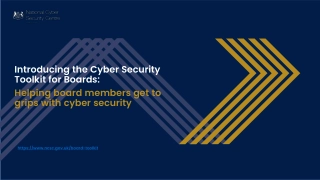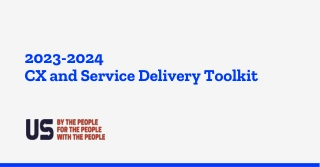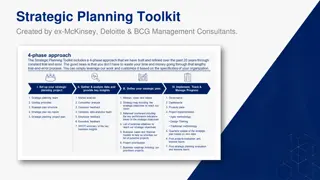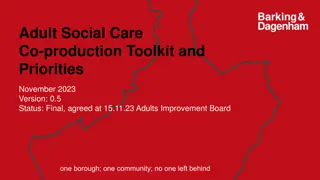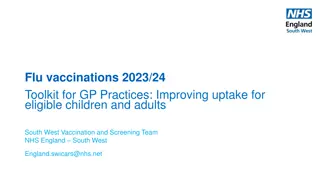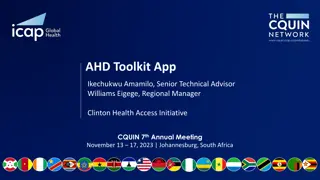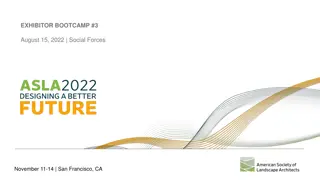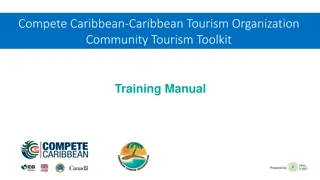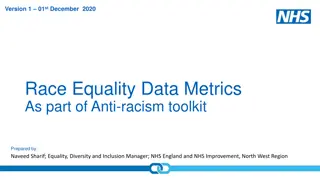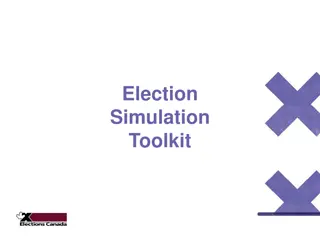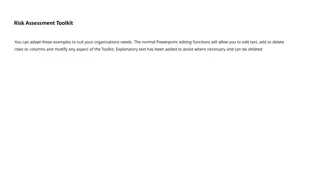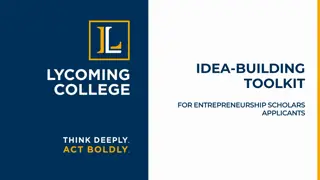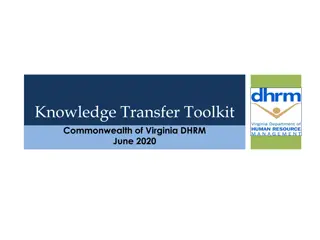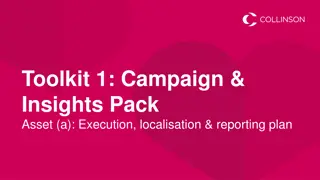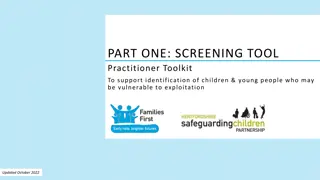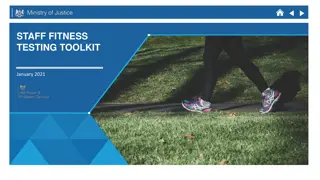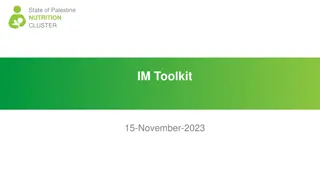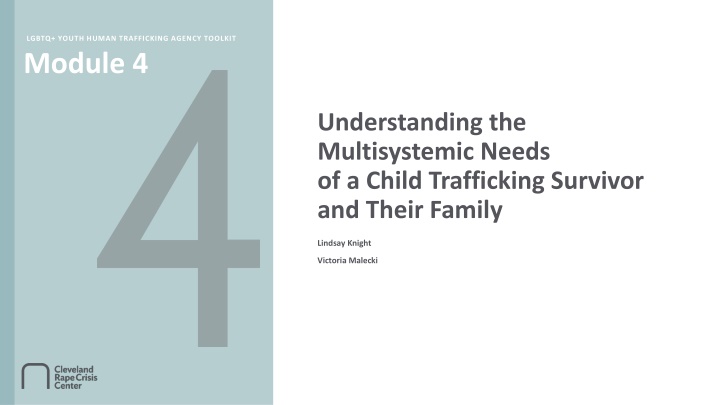
Understanding Multisystemic Needs of Child Trafficking Survivors
Explore the barriers and challenges faced by child trafficking survivors and their families, including access to services like healthcare and mental health support. Learn about the various systems in place to assist survivors and how to address the unique needs of LGBTQ+ youth in trafficking situations.
Download Presentation

Please find below an Image/Link to download the presentation.
The content on the website is provided AS IS for your information and personal use only. It may not be sold, licensed, or shared on other websites without obtaining consent from the author. If you encounter any issues during the download, it is possible that the publisher has removed the file from their server.
You are allowed to download the files provided on this website for personal or commercial use, subject to the condition that they are used lawfully. All files are the property of their respective owners.
The content on the website is provided AS IS for your information and personal use only. It may not be sold, licensed, or shared on other websites without obtaining consent from the author.
E N D
Presentation Transcript
LGBTQ+ YOUTH HUMAN TRAFFICKING AGENCY TOOLKIT Module 4 Understanding the Multisystemic Needs of a Child Trafficking Survivor and Their Family Lindsay Knight Victoria Malecki
Learning Objectives Participants will learn barriers to access for youth trafficking survivors. 1
Background Information Human trafficking can be a difficult topic to become educated about and discuss. Some of the content in this presentation may be triggering. If you need a break, please allow yourself to take one. Human trafficking is not gender specific. In Ohio, many human trafficking victims are female. 2
Barriers to Access Services Lindsay Knight 3
Services Health care Trauma-informed mental health care Safe spaces and shelters Family support services Legal and court services 4
Barriers to Health Care Youths feeling safe to report to healthcare workers Lack of knowledge about the healthcare system Inability to receive services without a parent or guardian Lack of transportation Stigma 5
Barriers to Accessing Health Care Lack of support Not having systems in place to get connected with the right providers Not having the ability or support to get to appointments Not having medical insurance Not having the financial stability to receive all services Existing stigmas Getting medical attention Receiving specific services Gynecological services Including STI/STD/HIV testing Having to disclose experiences with the provider i.e., sexual assault, abuse, trafficking 6
Lack of Knowledge About Mental Health Being able to recognize when services are needed For the youths themselves Guardians of the youths Awareness of red flags Lack of support from guardian Recognizing stigmas and the harms they cause 7
Lack of knowledge Social factors Barriers to Trauma-informed Mental Health Care Lack of support Confidentiality Systemic and structural barriers 8
Barriers to Trauma- informed Mental Health Care (continued) Stigmas Mental health diagnoses Seeking treatment Medications Finding trauma-informed or -centered care Not all providers specialize in trauma-informed services 9
Why Is Trauma-informed Care Important? 10
Trauma-informed Care Focuses more on the survivor and healing. This is as opposed to focusing on a diagnosis and trying to fix the perceived problem. Focuses on the client's needs: Coping mechanisms Safety Trust Empowerment Ability to choose Instead of meeting set points in a person s progress, it is more adaptable to someone who has experienced trauma in their life. It is about meeting the survivor where they're at and letting them gain control of their lives. 11
Social Factors Stigma Embarrassment Fear of getting help 12
Confidentiality The ethical principle that physicians and mental health care providers will keep information about the patient secret. Understanding the role of confidentiality in mental health care can help youths seek help. This knowledge can help the youth: Trust the provider Build rapport 13
Systemic and Structural Barriers Availability of professional help Availability of transportation Access to healthcare benefits Mental health care providers not accepting insurance Financial cost of mental health care services 14
Barriers to Safe Spaces and Shelters Age restrictions within shelters Lack of safe homes and drop-in centers specifically for youths Lack of resources when aging out of foster care 15
Maslow's Hierarchy of Needs Individuals seek information at each level of development Basic needs: coping information How to get basic needs met Safety needs: helping information Seeking assistance with being safe and secure Belonging and love needs: enlightening information Relationship development Esteem needs: empowering information Development of the ego Self-actualization needs: edifying information This Photo by Unknown author is licensed under CC BY-SA. Connecting with things and people beyond self 17
Housing First Model The Housing First program helps people move into a stable living environment before linking them to other services. These other services can be case management, therapy, psychiatric services, outpatient programs, or connections with healthcare providers. One thing to note is that participating in the services offered is not a requirement to staying housed. It has been shown that the Housing First program has decreased homelessness by 88%. It has also been shown to improve housing stability by 41%. https://nlihc.org/sites/default/files/Housing-First-Research.pdf 18
Safety Needs 19
Physical Safety General Safety Concerns Physical Threats Threat of being homeless Access to medical care Access to safe shelter or housing Access to food Access to centers May actively be using substances Threat of physical violence from their trafficker Vulnerabilities with being homeless or on the street Access to a phone Lack of programming specifically for youths 20
McKinney-Vento Homeless Assistance Act 21
The McKinney-Vento Definition of Homelessness Homeless children and youth "means individuals who lack a fixed, regular, and adequate nighttime residence." This includes hotels, motels, transitional shelters, and being abandoned in hospitals. Nighttime residence refers to a place that is not designed with regular sleeping accommodations. Awaiting foster care placement was removed from the definition in 2016. 22
Education for Homeless Children and Youths 11431. Statement of policy The following is the policy of the Congress: 1. Each State educational agency shall ensure that each child of a homeless individual and each homeless youth has equal access to the same free, appropriate public education, including a public preschool education, as provided to other children and youths. 2. In any State where compulsory residency requirements or other requirements, in laws, regulations, practices, or policies, may act as a barrier to the identification of, or the enrollment, attendance, or success in school of, homeless children and youths, the State educational agency and local educational agencies in the State will review and undertake steps to revise such laws, regulations, practices, or policies to ensure that homeless children and youths are afforded the same free, appropriate public education as provided to other children and youths. 3. Homelessness is not sufficient reason to separate students from the mainstream school environment. 4. Homeless children and youths should have access to the education and other services that such children and youths need to ensure that such children and youths have an opportunity to meet the same challenging State academic standards to which all students are held. 23
Who Are the Vulnerable Populations? 25
Individual Risks Mental disability Physical disability Socio-economic status Gender Sexuality Insufficient affection at home Low self-esteem Looking to belong Multiple placements with no social support Previous engagement in the juvenile justice system 26
Possible Current Charges or Previous Engagement in the Juvenile Justice System Solicitation Theft Disorderly conduct Status offenses Drug offenses *All data from the Supreme Court of Ohio 27
Relationship Risks History of family conflict or dysfunction History of drug or substance use History of sexual assault or childhood exploitation 28
Cultural Differences in Survivors 29
The Prison Pipeline Disproportionate tendency of minors from marginalized and disadvantaged backgrounds to become incarcerated because of harsh school and municipal policies. Students in marginalized schools are being sent to jail due to minor issues, compared to schools in the suburbs. Schools in suburbs rarely have security, compared to schools in marginalized communities, which have actual police officers present. 30
The Prison Pipeline (continued) 31
The Prison Pipeline (continued) 32
Adultification Bias A form of racial prejudice where children of minority groups, such as African Americans, are treated as being more mature than they are by a reasonable social standard of development. 33
Adultification Bias (continued) 34
Questions? 35

